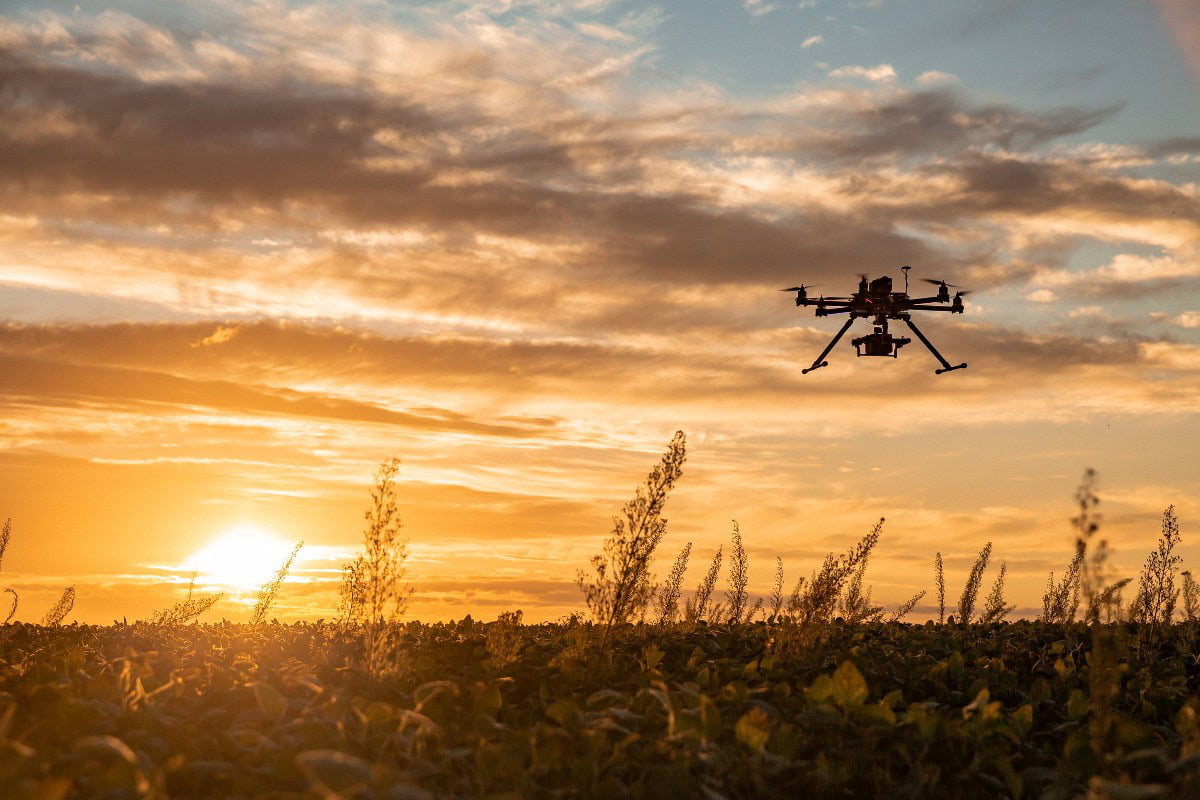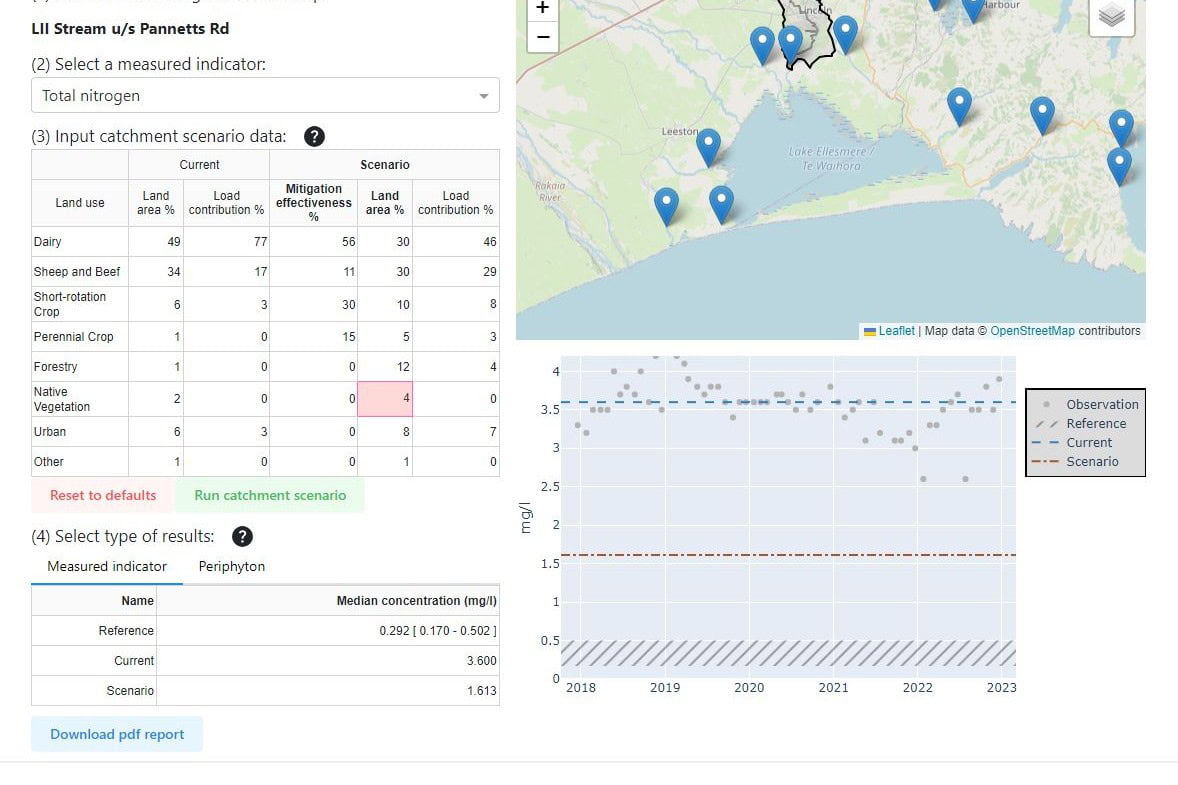August 30, 2024
Resources related to
Farm Environment Plans
Ministry for the Environment
Every farm in Aotearoa is required to have a Farm Environment Plan (FEP) for freshwater quality improvement. These resources can help design effective FEPs, FEP templates and processes that will contribute to freshwater improvements at the catchment level.
Showing 1 - 12 of 118 results
Healthy Waterways Register Webinar
The Healthy Waterways Land Management Actions Register is for all land holders, land managers, kaitiaki and catchment groups who sustainably manage their lands. This register…
Using eDNA to identify taonga species: Te Miro Farm case study
This research project aimed to enable farmers to see where wildlife and farmed animals are contributing to environmental DNA (eDNA), provide a method to detect…
Understanding signals influencing on-farm change
We developed a framework to identify external off-farm signals from farmers’ operating environment and internal on-farm signals that provide information about the farming system. We…
Legumes for Our Land and Water
Using deferred grazing technology to increase the legume content of hill country pastures. Deferred grazing, which involves grazing exclusion from late spring until after seed-fall…
Land Use Diversification Challenges and opportunities for three North Canterbury farmers
This project concentrated on the unique opportunity to assess three separate farm businesses and the proposed changes to their systems, illustrating the environmental impacts and…
Make your stream monitoring data count! A national quality assurance framework for community-based monitoring in Aotearoa New Zealand
This national quality assurance framework will support community and CBM groups to collect freshwater data of a known quality that are ‘fit for purpose’. The…
 View Our Strategy Document 2019 – 2024
View Our Strategy Document 2019 – 2024


